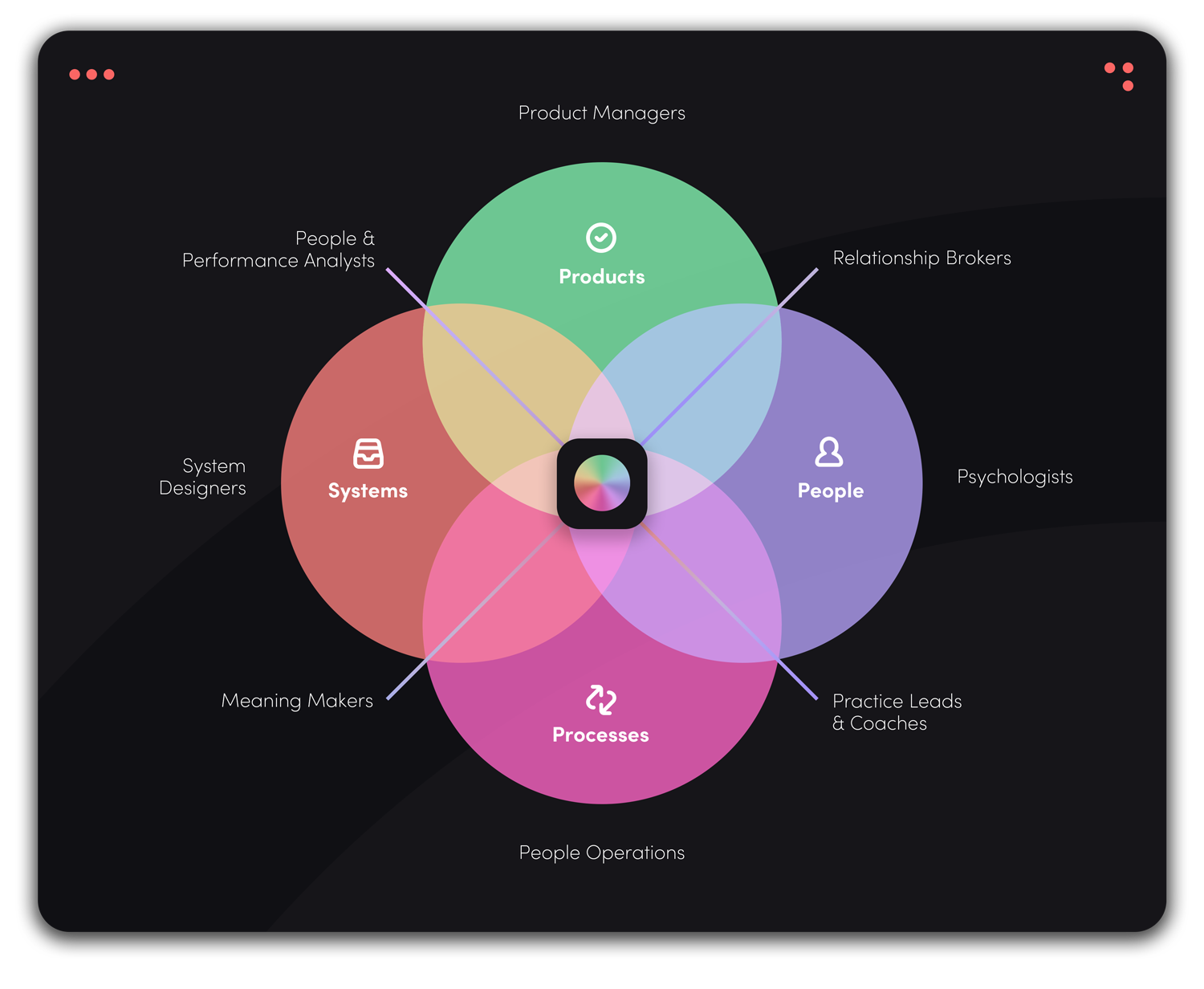This blog is shared with special thanks to the author Perry Timms, Founder & Chief Energy Officer of PTHR
Is it time for a new model of HR?
It’s been some time since the HR profession – reasonably fresh from the label of “Personnel” – adopted a new model.
Dave Ulrich is the Rensis Likert Professor at the Ross School of Business, University of Michigan and a partner at the RBL Group and it was the HR Business Partner model that came into being around the mid-1990s. So categorically linked to him is this model also called the Ulrich Model.
The 3 (legged-stool) main pillars of this model, saw HR organised into a Shared Service Centre for all underpinning HR administration; Centres of Excellence for specialised practice fields like Organisation Development; and Business Partners as strategic advisors and enablers to internal clients and colleagues in the organisation.
Indeed so ubiquitous is this model, most companies where their HR function/team is of any discernible size (i.e. more than 20 strong), operate in this way.
It has not been without criticism though, or adaptation. After all, with more than 25 years of being in existence, and such huge-scale changes in the world of work with advancing technologies and new industries emerging, HR leaders and their teams have adapted this model.
And yet, the principles remain very much present and there is no real replacement model to speak of.
Is the existing model sacrosanct and untouchable?
To be fair to Professor Ulrich, he himself has shown advanced thinking and adaptations himself but there’s been no fundamental reshaping. So no compelling reason why there shouldn’t be a new model for a very different world to one of the mid-90s.
Is the profession devoid of imagination to change such a long-standing model?
Not necessarily. We’ve seen moves towards Agile and perhaps subtle adaptations that have positioned functions like talent acquisition into more employer brand and social mobility-pro functions; organisation design and development into constant change and transformation-shaping flexible units going beyond HR; and some advancing technology deployment like AI-powered bots and data analytics, into predictive decision making around performance and even culture and engagement.
However, such examples of business-changing HR and People Professionals are not everywhere and HR’s reputation – whilst holding well-being, inclusion and business continuity positions during COVID – is still somewhat questioned and criticised.
So will a new model correct those misgivings and disbelieving factions within the world of work?
Symbolically, perhaps something new could reshape perspectives, and practices and signal a new era.
Just as the digital sphere is moving to a Web 3.0 era – with decentralised, metaverse-like platforms. It could be time for an HR 3.0 then.
Indeed HR 3.0 has already been declared. IBM on 1 March 2022 for example[1] but no model for it. Philosophies, attributes, capabilities even.
What does the 3.0 model look like?
My view of it is this….

And so why all the components and elements of this?
Firstly, 2 big hard-wired provisions:
- Psychologists/psychology-based expertise.
- Why? As the complexities of a positive, safe and inclusive culture, how people behave and are influenced needs more psychological, evidence-based practice.
- Not to mention the need to help HR professionals who are more regularly exposed to psychological traumas experienced by people.
- People & Performance Analysts.
- Not just data analytics but deeply-mined data around sustainable performance and aspects like motivation factors, and health & well-being evidence (tackling the burnout epidemic will not be via over-reliance on apps or perks).
- And what future potential is being identified and how well to deploy people with that potential for enhanced impact and value creation.
So they are 2 big changes.
You could argue they’d sit in the Centre of Excellence in the existing model but it feels to me that these need much stronger emphasis. And a very specific practice field. Hence the distinction in this model.
Talking of centres of excellence, Practice Leads and Coaches in this new model means we can still find Employee Relations/Employment Law specialists along with conflict engagement and mediation equating to more organisational justice. Most likely is that roles like Reward and Recognition professionals will find themselves in the People & Performance Analyst team, linking to more of the value-chain mapping and predictive analytics areas.
Secondly, what about Strategic Business Partners then – is that role over?
Not at all – but more emphasis is placed on collaboration. Relationship Brokers, they most certainly will be. Meaning Makers, they may well be, and Systems Designers, they may also be.
What will be distinct in this model, is that Business Partners will not be quasi-ER intervenors or get sucked into administering programmes.
Thirdly, People Operations and Practice Leads sound very similar to what we have now.
Well, we need that strong base of efficient and effective people administration and expertise across the entire people experience. In this model People Operations and Practice leads will need to be more effectively commissioned by those whose remit is building strong connections between Business Leaders and their people challenges/aspirations.
Fourthly, what about the OD, L&D or TA separatists? Who claim being “inside” HR holds them back somewhat.
No need.
You’re either Systems Designers – vitally engaged across systems, processes, culture enablers and learning architects. You may be specific Practice Leads and Coaches – with your own domains (if the organisation is large or complex enough to necessitate that), or in Product Management – using the key specialisms to create products aligned with your Systems Designers, Analysts and Psychologist colleagues’ work.
At the heart of this model are the interrelatedness of functions and Agile squads formed to tackle campaigns, issues, opportunities and outcome-oriented programmes.
So that’s the Beta version of a potential departure from 3 distinct areas; to something more fluid, responsive, and evolved.
Much of this model has formed in my take on the HR world over the last 10-15 years and in researching self-managed, agile, alternative systems of work.
It may look like we’re just forming a range of professionals into circles rather than verticals, but even that is no bad thing when it comes to us shaping around needs rather than functional silos. Symbolising to the rest of the business we work in, that there really doesn’t have to be divisive “divisions” – the clue is in the title there!
What would it take to operate in this way?
That’s the key thing here. There have to be adapted ways to make this work and whilst the larger corporates might be thinking it’s all a load of unpicking and realigning, and the smaller enterprises with tiny HR teams thinking “what’s this mean to me?” we’ll all have our own interpretations of this.
These aren’t job roles per se, they’re operating domains, arenas and scoped areas of value-creating activities. So your version of this might be across 5 people or 500 people.
The crucial things for me are:
- Are you science-based?
- Are you evidence and data-led?
- Are you design-oriented?
- Are you relationship-building?
- Are you practice-area strong?
- Are you versatile?
- Are you truly impactful? and
- Are you amplifying the power of meaningful work?
Let’s ALL build the new model for HR. Contextualised, endless variables of a core series of principles and frames.
Let’s all coalesce around life and work challenges in a turbulent and unforgiving world.
[1] https://www.ibm.com/blogs/services/2022/03/01/hr-3-0-its-time-to-reinvent-hr/




